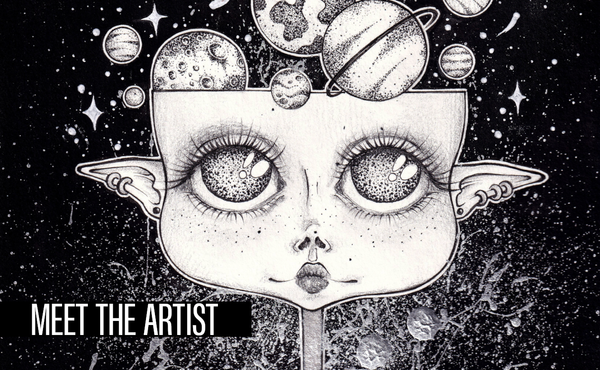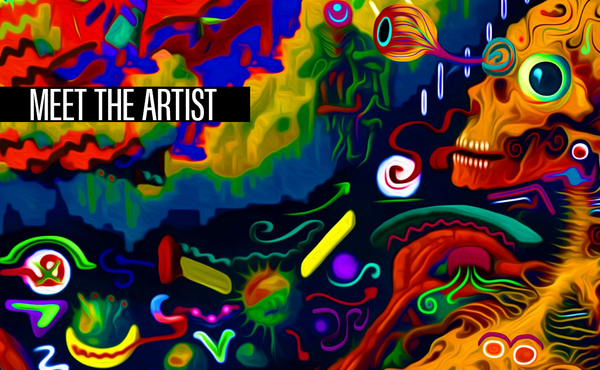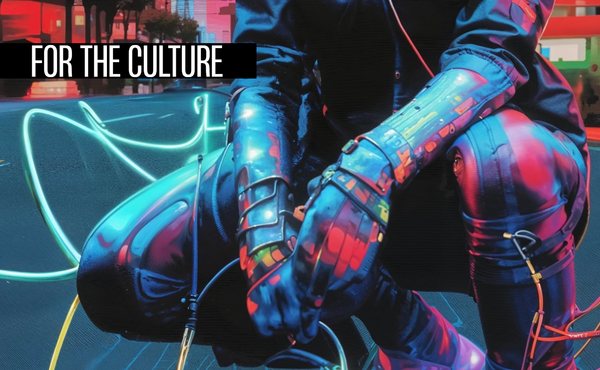Fan Art: Selling Portraits of Public Figures
Throughout history, artists have endeavored to capture their essence. However, selling such artworks involves navigating complex legalities. Dive into this journey at the crossroads of art, NFTs, and digital creativity.

The intersection of art and commerce becomes particularly intriguing when it involves the portrayal of celebrities and public figures. Throughout the ages, artists have been captivated by these figures, striving to encapsulate their persona and spirit in their works. However, when it comes to selling these pieces of art, it's not as simple as setting up a price tag. There's a whole intricate tapestry of legalities woven around this practice which artists need to carefully navigate.
Let's take a deep dive into this complex scenario.
The first thread to pull in this tapestry revolves around something called "image rights". Put simply, this denotes an individual's right to supervise and control the commercial use of their likeness or image. Even though celebrities live much of their lives under the public scrutiny, it doesn't mean they've relinquished their image rights.
Quite the contrary, in fact.
Despite their public status, these figures are still legally protected across various jurisdictions worldwide, retaining the power to dictate how their image is commercially exploited.
The concept of the right of publicity takes center stage in this discussion. This legal principle grants individuals the exclusive privilege to financially profit from their image, name, or likeness. It's a broad and comprehensive right that spans a vast array of commercial activities, including but not limited to selling merchandise, endorsing products, and engaging in licensing agreements. To artists envisioning using a public figure's image for commercial gain without explicit authorization, a word of caution is in order. This could land you in legal hot waters, potentially facing serious legal consequences, including lawsuits alleging infringement of the right of publicity.

But the right of publicity is just one piece of the puzzle.
Artists also need to tread lightly when it comes to the depiction of public figures in their work. If your artistic representation casts a public figure in a defamatory, misleading, or derogatory light, you could be opening a Pandora's box of legal troubles, including claims of defamation or intentional infliction of emotional distress. Freedom of expression is indeed a fundamental right that artists cherish, but it's not an absolute right. It's incumbent upon artists to exercise their freedom of expression responsibly, within the legal parameters. That means eschewing any actions that could detrimentally impact the reputation or integrity of the public figures they're portraying.
The issue of copyright is another important dimension that artists need to be cognizant of when planning to sell portraits of public figures.
If the image you're basing your work on is protected by copyright — such as a professionally shot photograph — prior permission from the copyright holder is a must before you can use it for commercial purposes. Failing to do so could lead to potential copyright disputes, hence, it's a step that should not be overlooked.
So, as you can see, selling portraits of public figures is far from straightforward. It requires a nuanced understanding and careful navigation of a multifaceted legal landscape encompassing image rights, defamation law, and copyright principles. With a thorough comprehension and adherence to these legalities, artists can ensure their work aligns with all the relevant legal benchmarks and doesn't encroach upon the rights of the public figures they're portraying or any copyright holders. By striking this delicate balance, artists can continue to harness their creativity, sell their work, and significantly minimize the risk of legal repercussions. In a world that's becoming increasingly complex and litigious, maintaining this balance is no small achievement.





